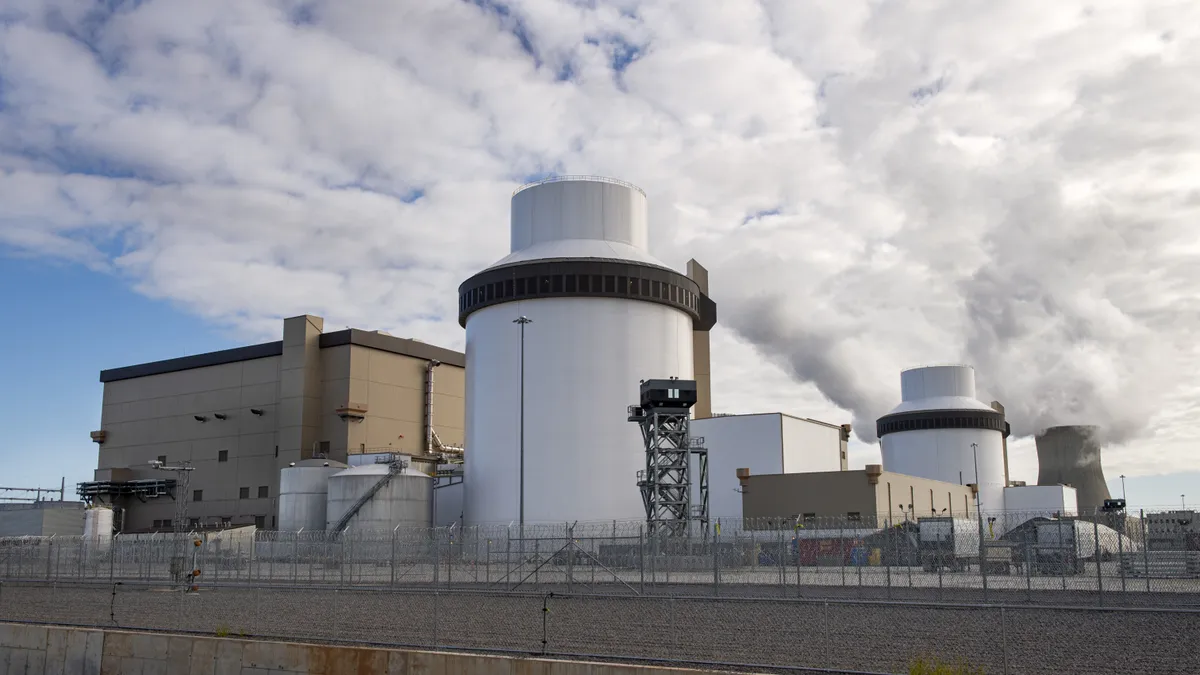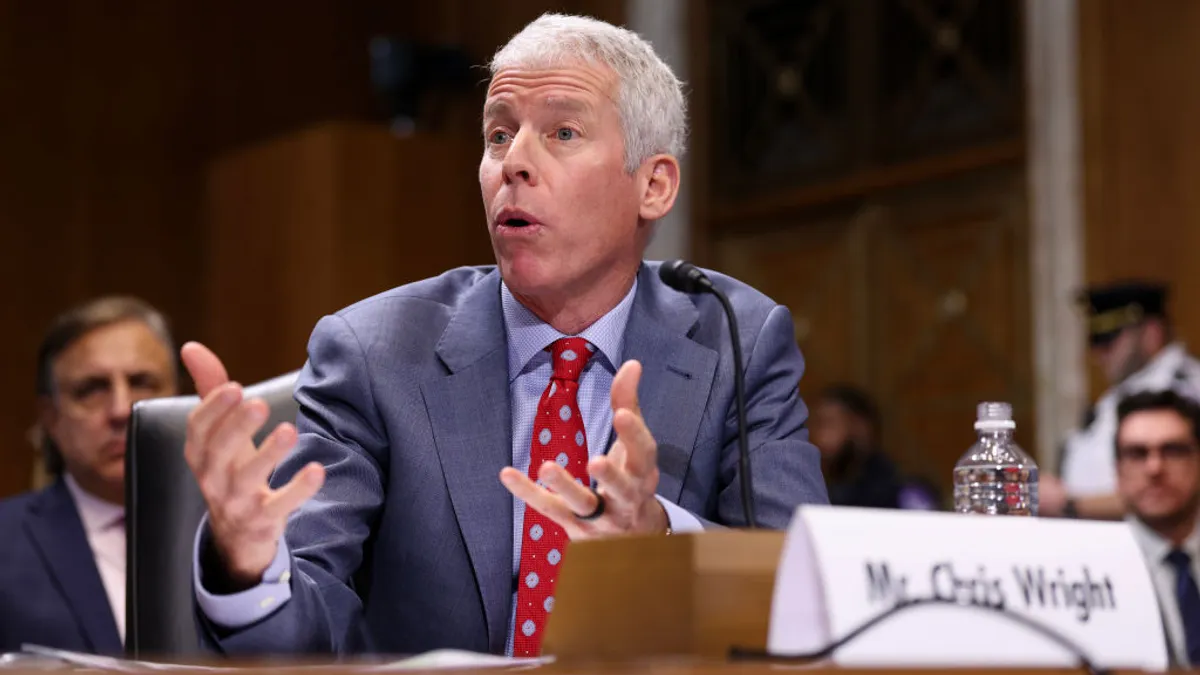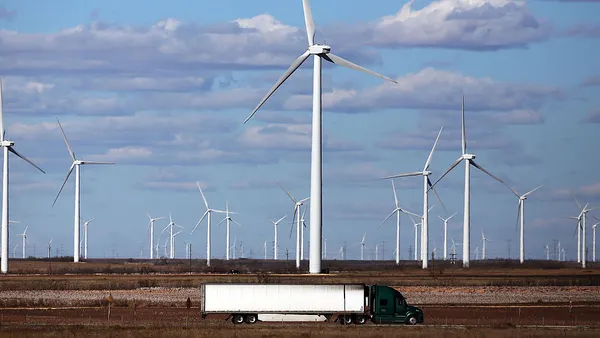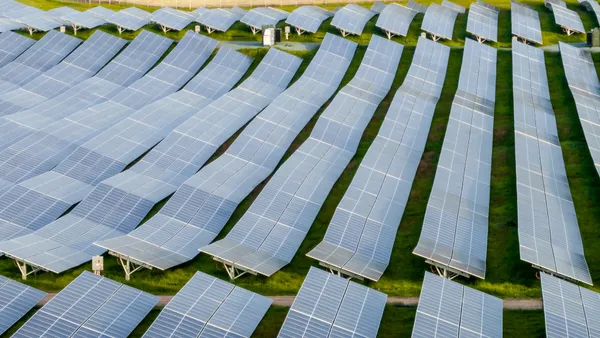Dive Brief:
- New York has given the go-ahead to what would be the nation's largest offshore wind farm, a 90 MW installation to be located 30 miles southeast of Montauk and out of sight of Long Island.
- The Long Island Power Authority (LIPA) this week approved a 20-year contract with Deepwater Wind's South Fork Wind Farm, specifying it would pay only for the energy and not construction or operation.
- While the United States' offshore energy development industry remains nascent, New York has committed to developing up to 2.4 GW of offshore wind by 2030.
Dive Insight:
The United States has just one offshore wind farm operating now, but development of the renewable resource is beginning to pick up steam. New York wants to achieve a 50%-by-2030 renewable portfolio standard, and is looking to its shores for clean energy. Earlier this month, Gov. Andrew Cuomo backed the construction of Deepwater Wind's offshore wind project while also calling for a larger plan to have 2.4 GW of offshore wind online by 2030.
Proposed in July, Deepwater Wind has said construction on the wind farm could start by 2019 with the project in operation by 2022.
Following LIPA's approval of the power contract, Deepwater CEO Jeffrey Grybowski called it a "big day for clean energy in New York and our nation ... There is a huge clean energy resource blowing off of our coastline just over the horizon."
Cuomo's office said other elements of LIPA’s South Fork energy portfolio include transmission enhancements and additional clean energy solutions, such as battery storage and consumer electricity demand reduction. And the New York State Energy Research and Development Authority is continuing to develop an "Offshore Wind Master Plan" outlining development of cost-effective offshore wind resources in federal waters.
The U.S.'s first commercial offshore wind farm began operating in December off the coast of Rhode Island to provide power to Block Island. The five-turbine, 30 MW facility will replace Block Island's diesel generators and ship excess generation to the mainland via an undersea cable.












